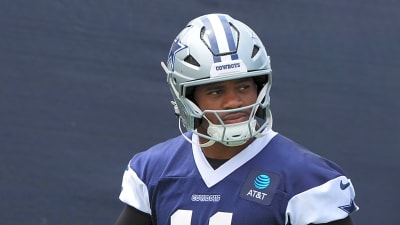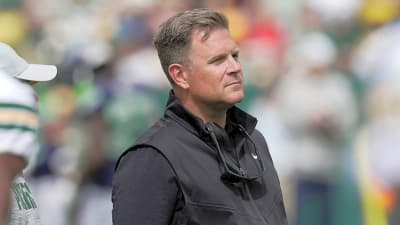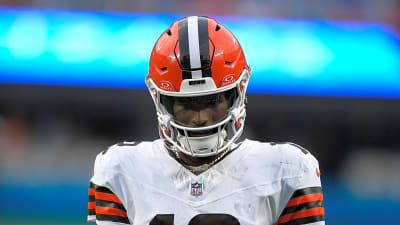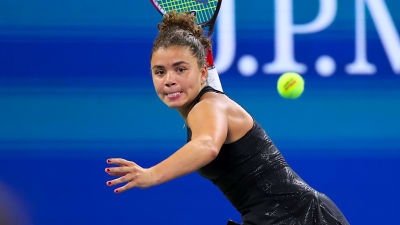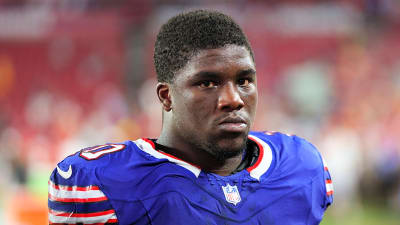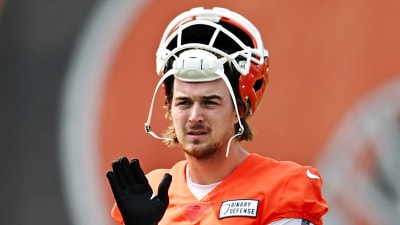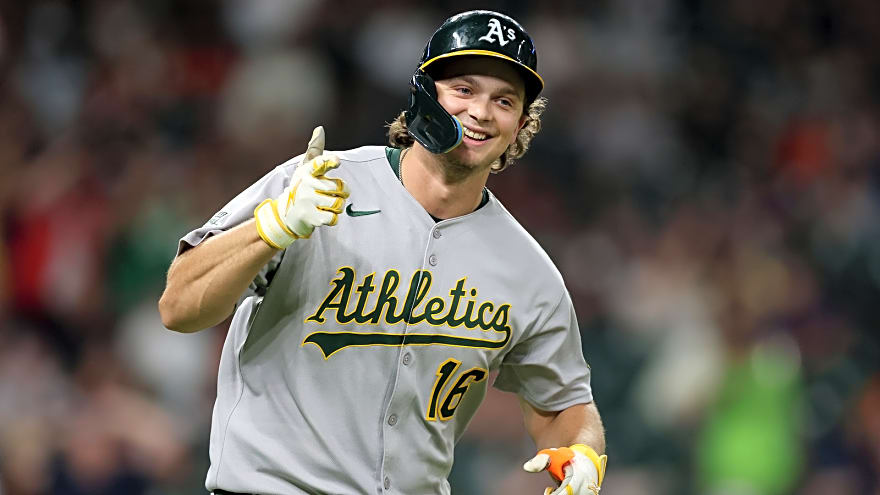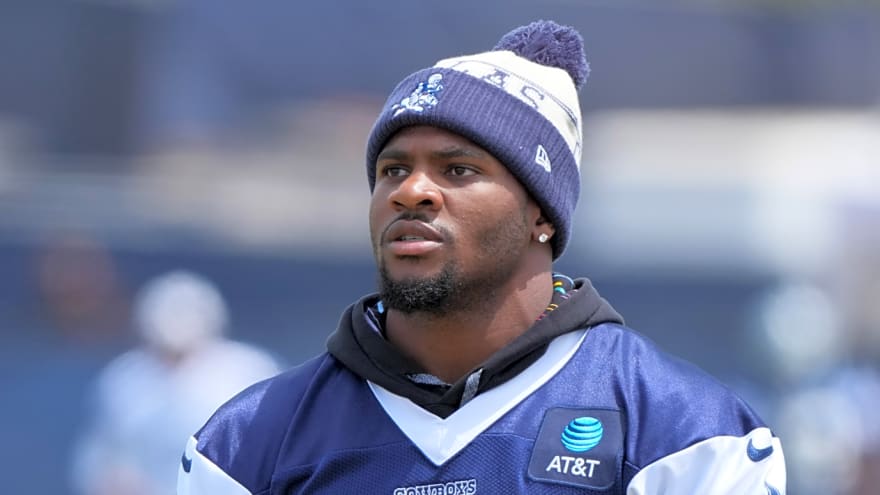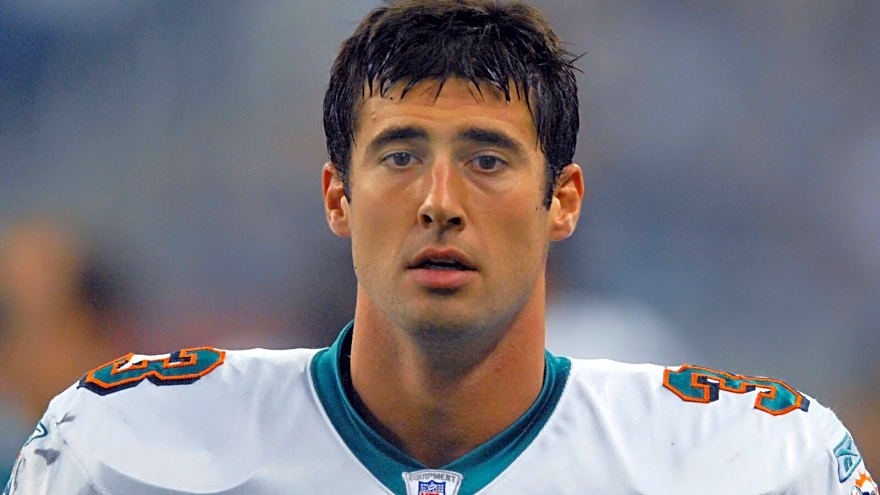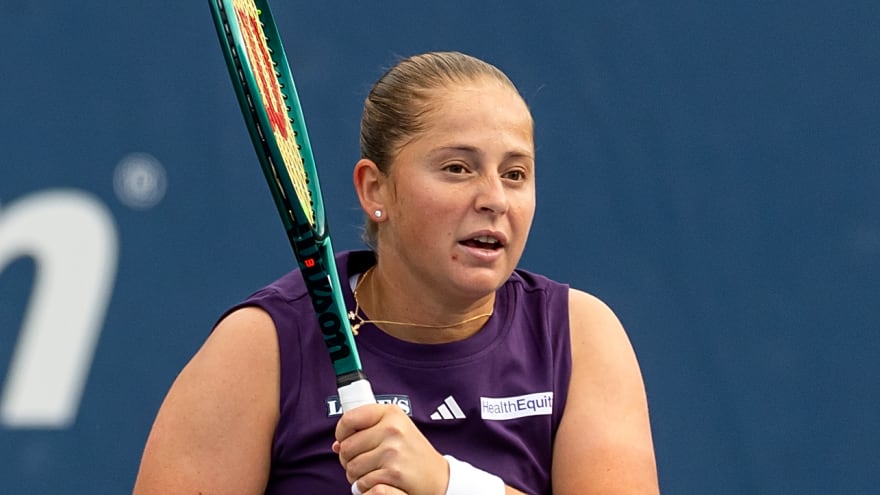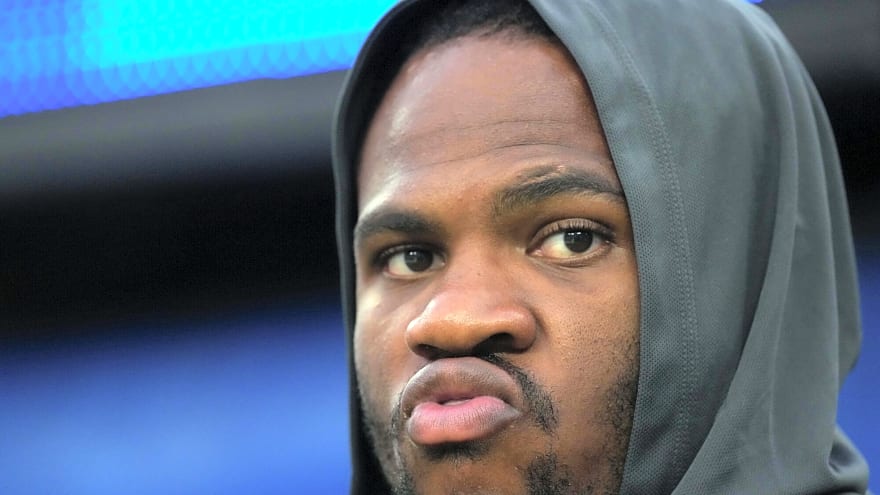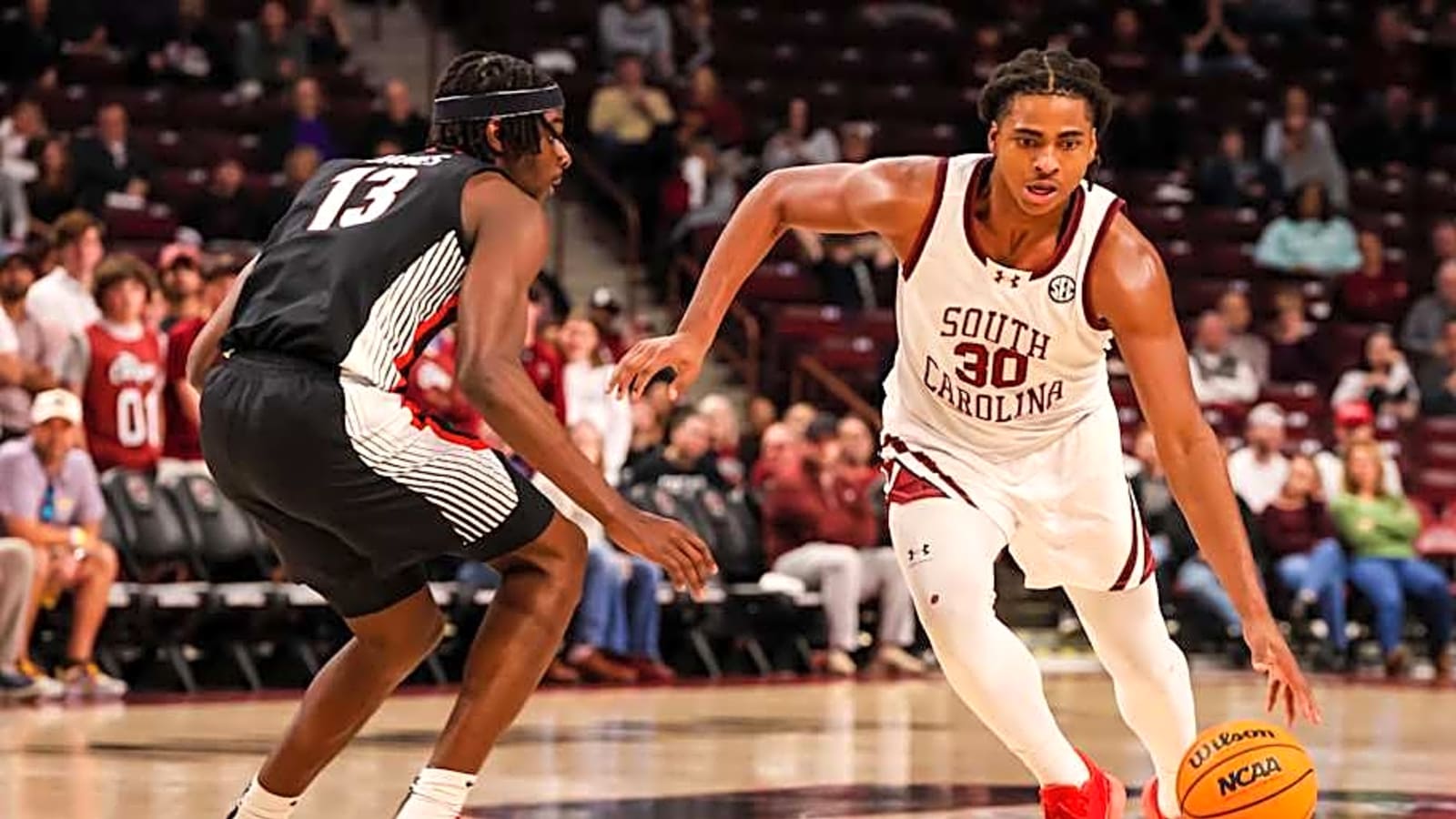
The 2025 NBA Draft Lottery brought a tough break for the Toronto Raptors.
Entering the night with the seventh-best odds, Toronto fell two spots and landed at No. 9 overall, a frustrating outcome for a team that had hoped to move up into the top four. They will also select again at No. 39 early in the second round.
In their latest post-lottery mock draft, ESPN’s Jonathan Givony and Jeremy Woo project the Raptors to stay true to their identity by targeting two players who bring defensive toughness, versatility, and long-term upside. While the lottery results were disappointing, the board still presents a chance to add real value.
Here’s a closer look at both projected picks and how they could fit into Toronto’s plans.
No. 9: Collin Murray-Boyles (South Carolina)
Toronto has made it clear it values two-way players and defensive toughness. It’s the reason the Raptors drafted Scottie Barnes in 2021 and why defense has remained a point of emphasis over the past two seasons. Collin Murray-Boyles checks a lot of those same boxes, even if the fit next to Barnes is a little complicated.
The South Carolina sophomore measured 6-foot-6 and a half barefoot at the NBA Draft Combine, 239.2 pounds with a 7-foot and three-quarter wingspan and an 8-foot-10 and a half standing reach. He’s undersized for a full-time center but plays bigger than his size with quick feet, strong instincts, and the physicality to switch across positions. He defends in space comfortably, often picking up smaller ball-handlers and using his quick hands to force deflections and steals.
Offensively, Murray-Boyles averaged 16.8 points, 8.3 rebounds, 2.4 assists, and 1.3 blocks on 58.6% shooting. He’s a tough finisher, a willing passer, and has shown good feel operating in the short roll or from the post. His ability to make plays from different areas on the floor gives him value even without the ball in his hands.
The concern is the lack of shooting. He made just 23.1% of his threes in college, and his shot hasn’t yet extended to NBA range. That creates spacing issues, especially when paired with Barnes and Jakob Poeltl, both of whom also do their best work inside the paint.
Murray-Boyles is still only 19 and could benefit from a developmental year. He’ll need to improve his perimeter skills and become more comfortable with his right hand. But his defensive versatility, toughness, and feel for the game fit the type of player Toronto has consistently targeted.
If the jumper develops, he has a real chance to grow into a starting-caliber forward. The fit may not be ideal right now, but the long-term upside is clear.
No. 39: Tahaad Pettiford (Auburn)
Tahaad Pettiford brings a scorer’s mentality and deep shooting range, but his size and decision-making will need refining to carve out a long-term NBA role.
The 6-foot and a quarter freshman measured 168.8 pounds at the NBA Draft Combine with a 6-foot-5 and a half wingspan and an 8-foot standing reach. He came off the bench for Auburn but made an impact in limited minutes, averaging 11.6 points, 3.0 assists, and 0.9 steals in just 22.9 minutes per game across 38 appearances. He was named to the SEC All-Freshman Team.
Pettiford’s shooting splits are impressive. He hit 36.6% from three on five attempts per game, 80.4% from the free throw line, and showed the ability to shoot both off the catch and off the dribble. He was particularly effective using handoffs and screens to create space, showing poise and balance in motion. He also has a lethal floater with either hand and stays composed under pressure in pick-and-roll actions.
He’s more of a scorer than a floor general right now, but he flashed solid playmaking instincts, manipulating defenders with hesitations and finding open teammates once he drew help. On defense, he competes hard, fights through screens, and stays active both on and off the ball.
The concerns are tied to his size and shot selection. Pettiford is undersized with a lean frame and struggled to finish through contact, shooting just 48.7% on twos. He was often bumped off his driving lanes and had games where his shot selection led to inefficient outings. He also played just 22.9 minutes per game, which raises questions about his ability to carry a larger role.
For Toronto, Pettiford would be a swing on upside. He has the quickness, touch, and confidence to develop into a microwave scorer or change-of-pace guard off the bench. If he adds strength and tightens up his decisions, there’s room to grow into a productive rotation piece in time.
Further Reading
More must-reads:
- Mavs' Kyrie Irving shares update on ACL injury recovery
- Aroldis Chapman is quietly putting together a historic season
- The 'Most 1,000-rushing yard NFL seasons' quiz
Breaking News
Trending News
Customize Your Newsletter
 +
+
Get the latest news and rumors, customized to your favorite sports and teams. Emailed daily. Always free!
TODAY'S BEST

Mavs' Kyrie Irving shares update on ACL injury recovery
Dallas Mavericks guard Kyrie Irving, who tore his left ACL in early March, provided a minor update on his recovery process during a live Twitch stream earlier this week, as Grant Afseth of Dallas Hoops Journal relays. “I was in the gym doing a little bit more,” Irving said. “I won’t tell you exactly what I was doing because it’s all about incremental growth, but I can share with y’all [that] it was some good days in the gym. I’m healing up great. To this date (Aug. 26), this will be five months post-surgery.” Irving, 33, had taken on increased ball-handling and play-making responsibilities in the wake of the Mavericks’ Luka Doncic trade last season and was averaging 24.7 points, 4.8 rebounds and 4.6 assists per game on .473/.401/.916 shooting through 50 outings when he went down with the season-ending injury. Irving became eligible for free agency this offseason when he declined his $43M option, but he didn’t seriously test the market, opting to sign a new three-year, $118.5M deal to remain in Dallas. Reporting back in April indicated that the Mavericks were optimistic about Irving’s chances of returning to the court sometime early in 2026, and president of basketball operations Nico Harrison suggested in July that the star guard is “ahead of schedule” in his rehab process. However, Harrison has also made it clear that the team won’t rush Irving back to the court, and the nine-time All-Star has preached patience as well, cautioning in July that there’s no guarantee he’ll be 100% healthy before the end of the 2025-26 regular season. “That doesn’t mean I won’t be back,” Irving said at the time. “It’s just — I don’t want to make any predictions on when I’m going to be back. I just want to be back 150,000% better.” With Irving sidelined, the Mavs are expected to lean on guards D’Angelo Russell, Brandon Williams, Dante Exum and Jaden Hardy, while frontcourt players like Anthony Davis and Cooper Flagg likely initiate the offense more frequently, too.
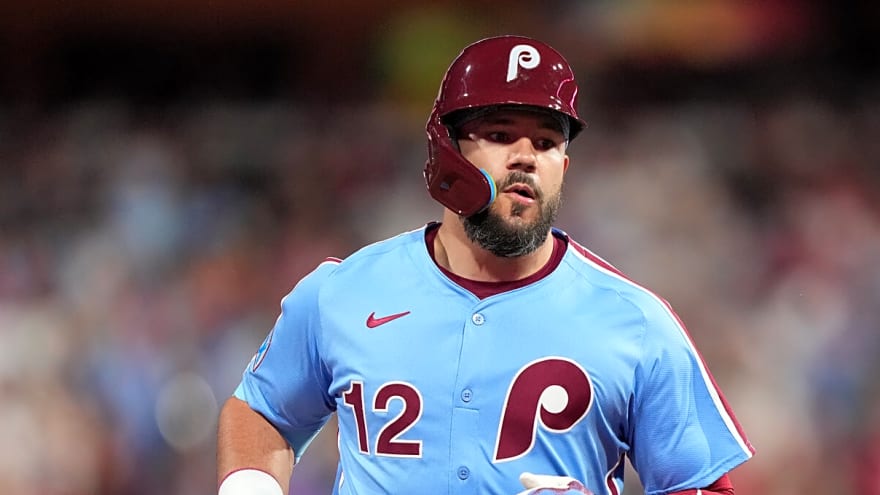
Phillies' Kyle Schwarber makes all kinds of MLB history vs. Braves
Kyle Schwarber made sure his Philadelphia Phillies bounced back after being swept by the New York Mets earlier this week. Schwarber went 4-for-6 with four home runs and nine RBI in Philadelphia's 19-4 win over the Atlanta Braves on Thursday. His first home run of the night came in the first inning, a solo shot for his 46th of the season. In the fourth inning, the three-time All-Star blasted his second home run of the night (47), this time a two-run knock. Schwarber’s third long ball came in the following frame, with his 48th being a three-run homer. Finally, in the seventh inning, Schwarber hit his fourth home run (49) of the night to right field to come within one dinger of 50 for the season. The 32-year-old made all kinds of history on Thursday against the Phillies’ division rival. He already surpassed his previous career high for home runs in a single season, but also became just the fourth player in franchise history to have four homers in a game and the first since Hall of Famer Mike Schmidt did so in 1976. Additionally, Schwarber is only the 21st player in MLB history to achieve this feat, and the fifth player all-time with at least four homers and nine RBI in a game. Plus, Schwarber joined the Athletics’ Nick Kurtz and Seattle Mariners’ Eugenio Suarez as the only players to have a four-homer game this season — the first time this has occurred. Clearly, Schwarber and the Phillies were anxious to get out of Queens and return to Philadelphia. The Phillies’ offense scored just eight runs across the three-game set against the Mets. They scored 19 runs off the Braves’ pitching at Citizens Bank Park. Schwarber received “MVP” chants from Phillies fans on Thursday, and rightfully so. He’s on his way to breaking Ryan Howard’s previous franchise record of 58 home runs in a season, which earned him the 2006 National League MVP.
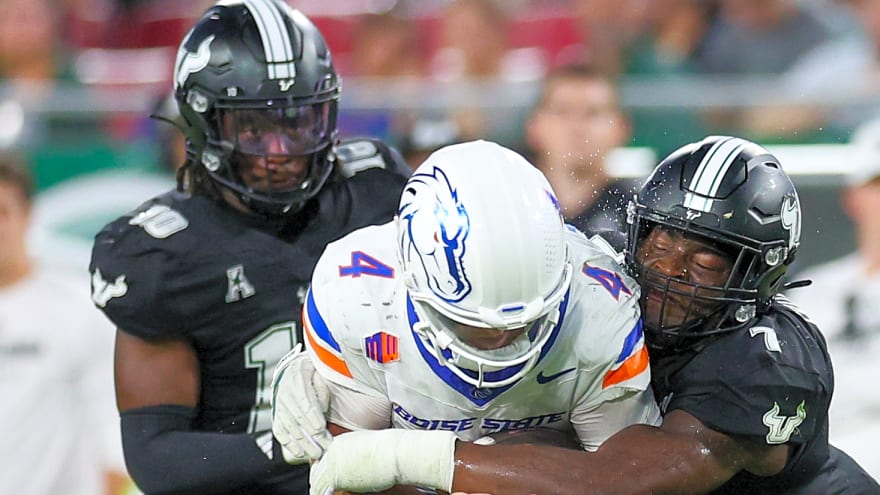
Post-Ashton Jeanty era gets off to brutal start for No. 25 Boise State
There had to be at least some expectation that the Boise State Broncos were going to take a small step backwards in 2025. They probably just did not expect it to happen so soon in the season, and so emphatically. The No. 25 ranked Broncos were absolutely humiliated on Thursday night, losing 34-7 to an unranked South Florida team that was just 7-6 a year ago. It was a rude awakening for what might be ahead for Boise State following the departure of Heisman Trophy runner-up Ashton Jeanty. Jeanty's historic season helped carry the Broncos to an 12-1 regular season, with the only regular season loss being a three-point defeat to Oregon early in the season. They ended up in the College Football Playoff where they lost their first game to Penn State. But with Jeanty on to the NFL (a first-round pick by the Las Vegas Raiders) there was always going to be a huge hole for them to replace. Not only in terms of production and skill, but also in their identity. They had none of that power-running identity on Thursday. Not only did they allow 34 consecutive points to South Florida, but the Broncos also managed to rush for only 122 yards on 38 carries, coming out to just 3.2 yards per attempt. They averaged 6.1 yards per carry in 2024, tied for the second-highest mark in college football. On one hand, losing an early season game isn't the end of the world, especially in the era of expanded playoffs. Boise State could still run the table the rest of the way with a very manageable schedule and play its way back into playoff contention. It's also not uncommon for teams to struggle early in the season. There is no preseason in college football and everybody is just coming in cold right into real games. Sometimes teams take a while to get moving. But this is not a particularly good South Florida team, and for Boise State to come out so flat and be so uncompetitive in the opener is a bad sign for what might be ahead.

Jerry Jones Has a ‘1-Word’ Response to How Other Cowboys Players Can Get Contract Extension After Micah Parsons Saga
Jerry Jones remains adamant that he handled Micah Parsons‘ contract negotiations perfectly, despite handing the edge rusher over to a team that humiliated the Dallas Cowboys in the playoffs a little over a year ago. The veteran owner asserted that his approach to future contract talks will stay the same. Jones and Parsons had a verbal agreement in place regarding his extension in April. Parsons had no qualms about the number he was offered, but he wanted to run it by his agent, David Mulugheta, before making the deal official. The Cowboys brass did not receive the memo. An emotionally hurt Parsons requested a trade. He wanted to leave the Dallas franchise. Several teams inquired about him. The Green Bay Packers eventually offered the best deal. Jones agreed to do business with the Packers because the NFC North side had the necessary cap space to pay Parsons. We only picked teams that had room on their cap, that can pay Micah, and we only picked teams that had top tackles. Interior tackles… that we wanted to have any dialog at all about a trade. That was the criteria of trading. Top existing tackle that could come in here and play for us right now. Jerry Jones said (H/T: FOX Sports) According to inside sources, Parsons had a $40 million deal on the table from the Cowboys. He declined to accept the terms. The Packers offered him a $47 million/year contract in exchange for two first-round picks and DT Kenny Clark. Clark is a three-time Pro Bowler with nine years of experience under his belt. However, he only logged 37 total tackles and 1 sack in 2024. Meanwhile, Parsons sacked NFL quarterbacks 12 times despite missing four games last year. Jerry Jones will continue to play hardball with player contracts Jones’ press conference following the trade explained his thought process that went into dealing with Parsons and his agent, or the lack of it. Will he take lessons and revise his way of handling player contracts? Unfortunately, Jerry Jones prefers dealing with players as if he’s negotiating in the 1990s. Quarterback Dak Prescott faced it, and so did CeeDee Lamb, Dez Bryant, and Emmitt Smith before them. And it’s likely to continue in 2026 when the Cowboys have to hold talks with DaRon Bland, Donovan Wilson, Dante Fowler Jr., CJ Goodwin, and a few others. There’s every possibility that these guys might experience the same as Parsons next year. So, what should they do when the time arrives? Jones, with a smirk on his face, said, “Ask Dak.” Prescott’s standoff lasted the entire 2024 offseason. He eventually signed a $61.5 million AAV deal to become the highest-paid quarterback ever. When you’re here in this organization, this is just how you see things are done, whether they’re right, wrong or whoever has their view about them. But what I think that does help is allow us just to stay focused on our jobs and understanding that us putting energy towards any of that doesn’t help. Dak Prescott said (H/T: Fansided) It’s unclear whether Prescott faced the same situation as Parsons or whether he was ever on the verge of a trade. Judging by the Pro Bowler’s latest statement, there may be hidden details that the Cowboys’ front office doesn’t want the general public to find out. Regardless, Parsons is no longer a Cowboy, which complicates their position in the NFC. With the Philadelphia Eagles waiting to host them in week one, they must quickly find another LB who can fill in until Clark gets the hang of Matt Eberflus’ defensive playbook.

